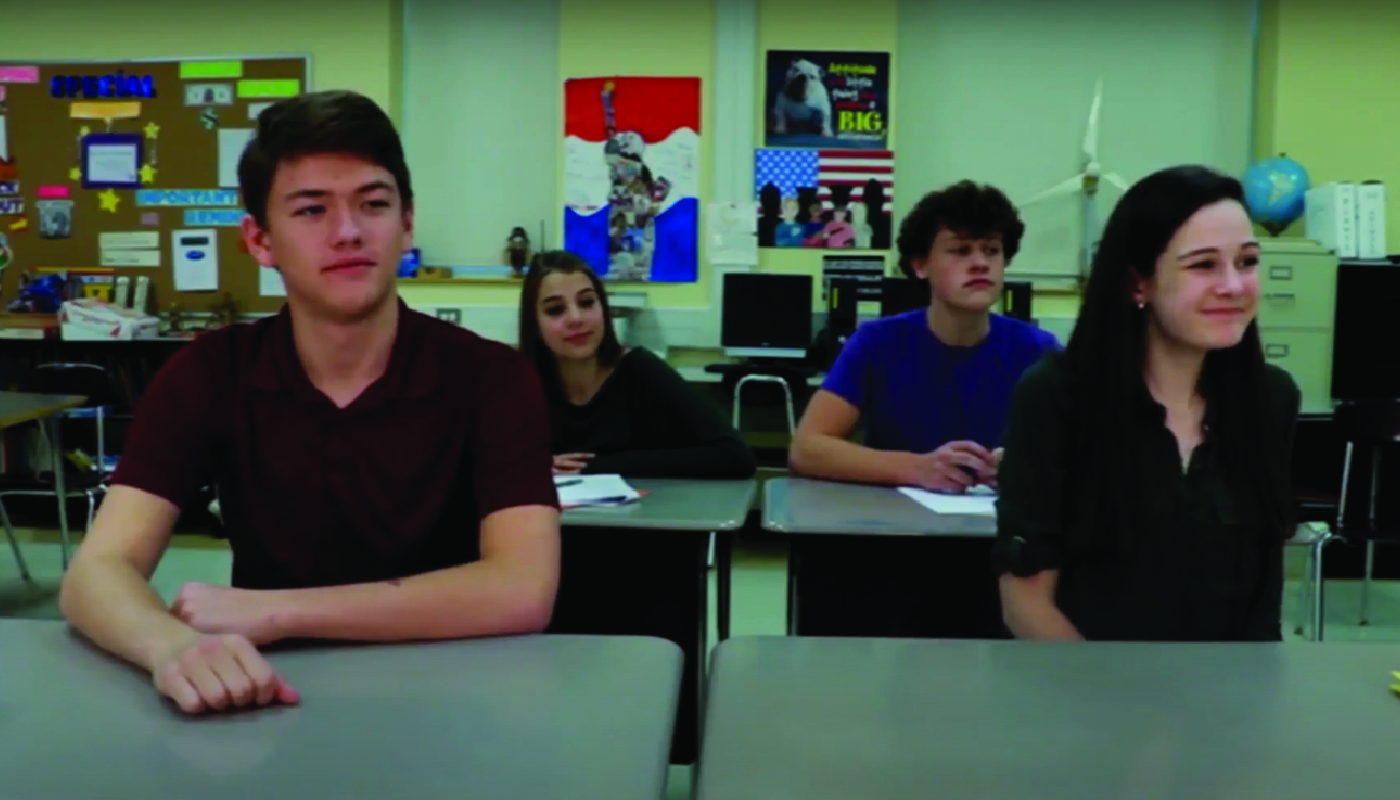Introduction
Self-control is an essential skill for middle school students to develop, as it enables them to manage their feelings and behaviors in challenging situations. By learning how to maintain control over their emotions and actions, students can make better decisions and interact more effectively with others. In this blog post, we will explore an engaging no-prep activity, thought-provoking discussion questions, and related skills that educators can use to help students strengthen their self-control abilities.
No-Prep Activity: The Self-Control Stoplight
This activity requires no preparation or materials and is designed to help students practice self-control in a fun and interactive way. The Self-Control Stoplight is a simple mental tool that students can use to pause, assess their feelings, and choose an appropriate response.
- Ask students to imagine a stoplight with three colors: red, yellow, and green.
- Explain that each color represents a different level of self-control:
- Red: Students feel out of control and need to stop and take a break.
- Yellow: Students are aware of their feelings but need to slow down and think before acting.
- Green: Students are in control of their emotions and actions, and can proceed with confidence.
- Encourage students to use the Self-Control Stoplight throughout the day to monitor their feelings and make conscious choices about their actions.
Discussion Questions
Use these questions to facilitate further discussions about self-control and its importance:
- Why is self-control important for success in school and in life?
- Can you think of a time when you used self-control to make a positive decision? How did it feel?
- What strategies can you use to regain control when you feel overwhelmed or upset?
- How can practicing self-control help you build stronger relationships with others?
Related Skills
Beyond self-control, there are several other skills that can help students navigate their emotions and behaviors more effectively. These include:
- Emotion regulation: The ability to manage and express emotions in a healthy and appropriate manner.
- Empathy: Understanding and sharing the feelings of others, which can help students respond more thoughtfully in social situations.
- Problem-solving: Identifying and resolving challenges, both independently and as part of a group.
- Communication: Expressing thoughts and feelings clearly and respectfully, while also listening to others.
Next Steps
To further support your students’ self-control development, we encourage you to sign up for free samples of our skill-building materials. These resources can help you create engaging lessons that empower students to take control of their emotions and actions, fostering a more positive and productive learning environment. Don’t miss out on this opportunity to enrich your teaching toolkit and make a lasting impact on your students’ lives.






